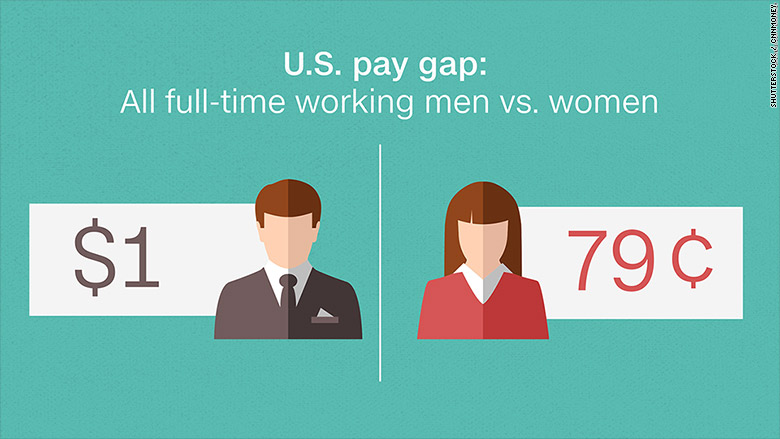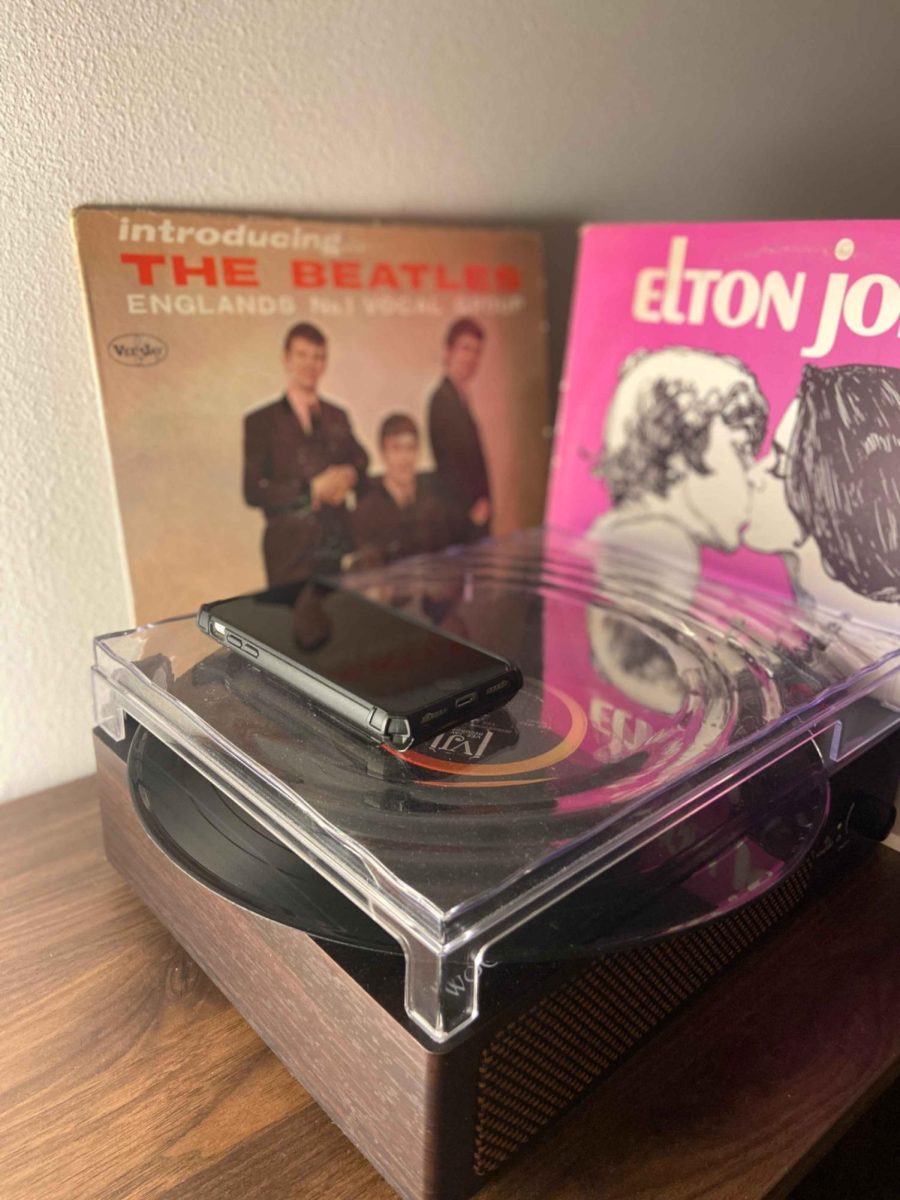
A lot of people believe the wage gap is a myth; their reasoning is that men usually take the higher paying jobs, and women take the lower paying jobs. They say the way that the wage gap is calculated is faulty; therefore, there is no wage gap. For the people who have that view of the wage gap, the question is why do women take jobs that pay less?
There is a wage gap, and it is caused by the expectations this society places on women. It seems women are pressured to take the jobs that are more in line with humanities, like teaching, nursing or caregiving. On the other hand, men are expected to take jobs where they inhale money like humans take in air. Furthermore, in a day and age where the amount of money one has symbolizes their amount of power, the majority of women do not have a lot of either.
There is a wage gap, in fact, in Washington state, according to the Columbian,“The gap in Washington is the 36th-largest among the United States, according to the data, which is based on earnings in 2015.” In fact, “A new report from the U.S. Bureau of Labor Statistics says the state’s full-time workers who are women earn, on average, 77.8 percent of the earnings of men. Women reported earning $797 per week, while men earned $1,025.”
Here in Camas, in an average year, the median income for men in Clark County is 53,776 dollars, while women are making on average $40,850. That means women are making 76% of what males make, in Clark County. As a nation, according to the U.S Census Bureau,”Women working in the United States earned $726 per week, 81.1 percent of the $895 made by men.” If each paycheck looked like that every week, then women would make $37,752, while men would make $46,540.
Education/Health/Opportunity for Woman
There has been an improvement in the education that women receive, which in turn helps them get jobs, according to the Global Gender Gap Report based on “on current how the trend looks right now, the gender gap that is explicitly tied to education could be lowered o “parity” in the next decade. However, the political area is expected to take longer, in fact, it is estimated to take about eighty-two years. Moreover, in other spectrums of gender inequality like health, there is very slow progress, and it will still take a lot more time. Furthermore, as the Gender Gap Report states, “the time to close the health gender gap remains undefined. Formally the smallest gap, it has oscillated in size with a general downward trend.”
Likewise, according to The Columbian, “The gender pay gap impacts women across all socioeconomic and racial groups throughout a majority of professional fields. It affects women of color at even greater rates, with Latina women earning just 56 percent of every dollar a white man makes, and black women earning 64 percent. To top it off, the wage gap only grows larger as women age, with women earning 90 percent of what men make until 35, after which they are paid 75–80 percent of what men are paid.”
Knowing all this data people may wonder what is the best way to reduce this pay gap, and here are some ways the Huffington Post provided that may help women become equal in status to men.
- Raise the minimum wage
- Encourage women to develop negotiation skills
- Do away with impostor syndrome
- Encourage women to talk about pay with co-workers
- Pass additional wage equality legislation
- Speak out against the wage gap
- Encourage all genders to help women succeed in the workplace
- Pass paid family leave policies
- Ensure access to affordable childcare
- Write a letter to our local senator, they represent our rights and what we fight for, so it is their job to ensure that women have equal status to men
- Get educated on the issue, and tell others so all may be educated and strive to change it together.
For more info on gender inequality and how to fight it read some inspirational sotries on Huffington Post


































